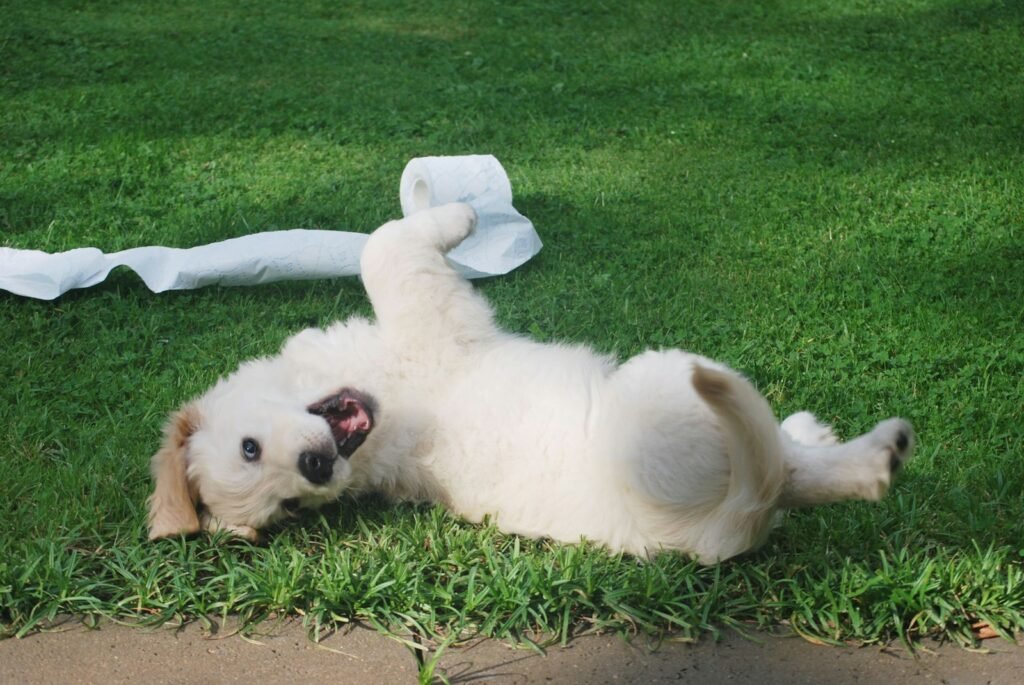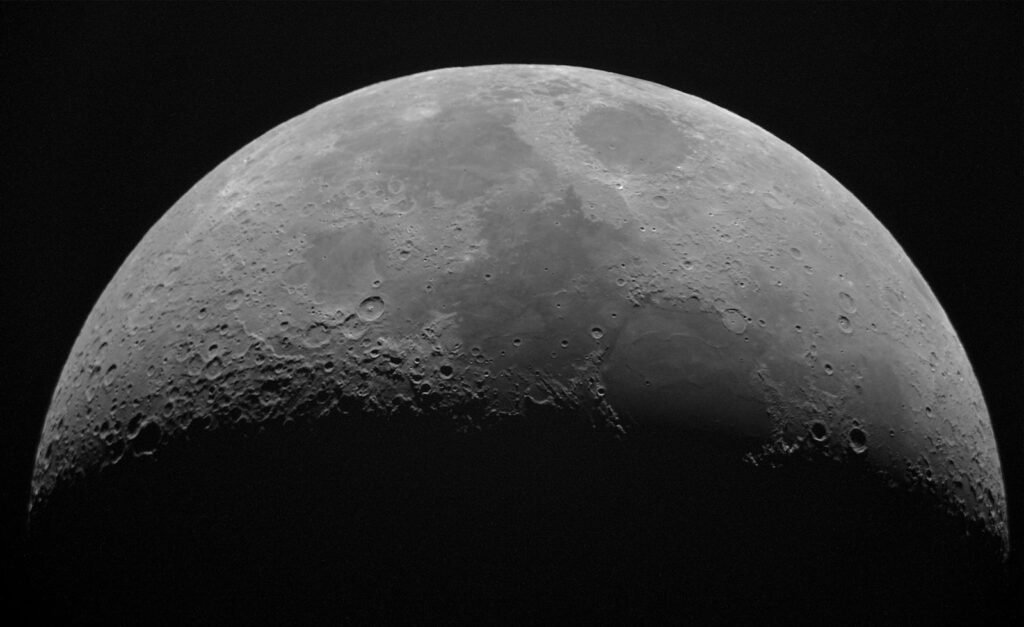Picture this: It’s a peaceful Saturday morning. Sunlight streams through your window, birds are chirping, and your robot vacuum hums quietly across the living room floor. Suddenly, disaster strikes. The family dog has left a “present” on the carpet, and before you can blink, your high-tech helper rolls right through it. What follows is the stuff of modern legends—a smelly, smeared catastrophe that leaves homeowners both horrified and amazed. Why does this happen? What can science tell us about the epic clash between robot vacuums and the stubborn reality of dog poop? Let’s dive into a world where technology, nature, and the chaos of everyday life collide in the most unexpected way.
The Rise of Robot Vacuums in Modern Homes
Robot vacuums have quickly become household staples, offering convenience and a futuristic flair to cleaning. They glide under couches, maneuver around table legs, and promise spotless floors with minimal effort. Their popularity is no surprise—they appeal to busy families, pet lovers, and anyone who dreads hauling out the old vacuum. These machines are powered by advanced sensors, algorithms, and sometimes even cameras, all working together to map rooms and identify dirt. But as smart as they seem, robot vacuums still struggle with surprises that nature throws their way. The promise of a clean home sometimes meets the messy reality of pet ownership in spectacular fashion.
Dog Poop: The Unexpected Nemesis
Dog owners know accidents happen, especially with puppies or aging pets. But nothing prepares you for the devastation when your robot vacuum encounters a fresh pile. Unlike dust or crumbs, dog poop is sticky, unpredictable, and, let’s face it, a biohazard. Its texture, moisture content, and size can vary wildly, making it a true adversary for even the most advanced machines. The resulting mess is more than just an inconvenience—it can mean hours of scrubbing, sanitizing, and even replacing parts. This small, smelly obstacle has proven itself as a worthy opponent in the battle for household cleanliness.
How Robot Vacuums “See” the World
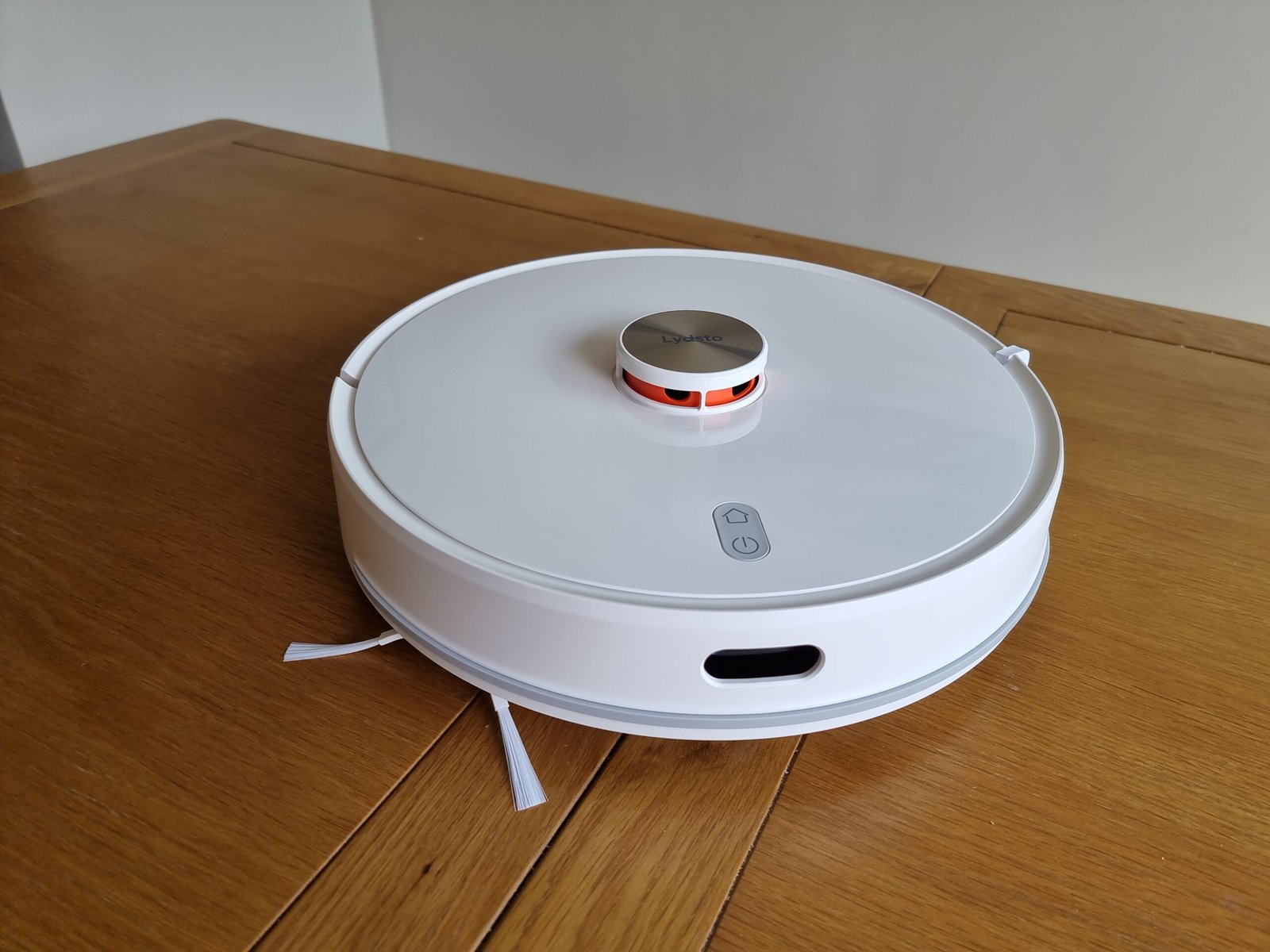
Most robot vacuums rely on a combination of sensors, lasers, and sometimes cameras to navigate. They map out rooms, avoid cliffs (like staircases), and skirt around larger obstacles. However, their perception is far from human. Many models can detect walls and furniture but struggle with small, low-contrast objects. Dog poop, especially if it blends in with the floor, can be almost invisible to these sensors. Some newer models are experimenting with artificial intelligence and image recognition, but the technology is still young. It’s a reminder that, despite their smarts, robots often miss the most obvious hazards.
The Science of Smears: What Happens Inside the Vacuum
When a robot vacuum encounters dog poop, the consequences can be both hilarious and horrifying. The brushes and wheels pick up the mess and spread it throughout the house, turning a small accident into a full-blown disaster. The soft, malleable consistency of feces makes it easy to smear, especially when pressed by rotating brushes. The vacuum’s suction system can then draw in particles, contaminating internal components. This isn’t just gross—it can lead to bacterial growth inside the machine, foul odors, and permanent damage if not cleaned thoroughly. Suddenly, a tool designed to clean becomes the source of chaos.
Why Don’t Robot Vacuums Detect Pet Waste?
Despite years of innovation, most robot vacuums are still blind to dog poop. The main reason is that their sensors are optimized for solid objects and flat surfaces, not soft, squishy obstacles. Infrared and laser sensors reflect differently off organic material, often failing to register it as a threat. While some companies have started integrating AI-powered cameras to recognize pet waste, this technology is expensive and not yet widespread. Until these systems become standard, robot vacuums will remain vulnerable to one of the most basic household messes. It’s a humbling reminder of the limits of artificial intelligence.
Real-Life Horror Stories from Pet Owners
The internet is full of tales from traumatized pet owners who woke up to find their homes painted with streaks of brown. Social media groups swap stories, photos, and even memes about the infamous “poopocalypse.” One user described coming home to a living room that looked like a Jackson Pollock painting—only much, much smellier. Another likened the cleanup to “biohazard duty,” with gloves, masks, and industrial-strength cleaners. These stories are both cautionary and oddly comforting—proof that, despite our best efforts, technology can’t always outsmart a determined dog and a poorly timed accident.
The Emotional Toll: Frustration, Laughter, and Acceptance
It’s easy to laugh about robot vacuums and dog poop—until it happens to you. The initial reaction is usually shock, followed by frustration and maybe even a bit of anger. Some people find humor in the absurdity, making jokes to cope with the mess. Others feel defeated, questioning the wisdom of trusting a machine with such an important task. Over time, many pet owners come to accept these mishaps as part of life with both pets and technology. In a strange way, these accidents can even bring families closer together, as everyone pitches in to tackle the mess.
Cleaning Up the Aftermath: Tips and Tricks
Dealing with a robot vacuum disaster requires quick action. First, stop the vacuum immediately to prevent further spread. Remove it from the area and carefully disassemble any removable parts. Use gloves, disinfectant wipes, and hot water to clean every surface, paying extra attention to brushes and wheels. Some parts may need to be soaked or even replaced. Ventilate the area to get rid of lingering odors, and consider running an air purifier if the smell persists. Most importantly, don’t forget to give yourself a break—dealing with dog poop is never fun, but a little patience goes a long way.
Pet Training: Prevention Is Better Than Cure
The best way to avoid a robot vacuum disaster is to minimize the chances of accidents in the first place. Consistent pet training, regular walks, and access to outdoor spaces can help reduce the likelihood of indoor accidents. Puppy pads or designated potty areas also provide a safety net for young or elderly dogs. Remember, even the best-trained pets can have slip-ups, especially during illness or stress. Being proactive about your pet’s needs is the simplest way to keep your home—and your robot vacuum—safe from unexpected messes.
Robot Vacuum Manufacturers Respond
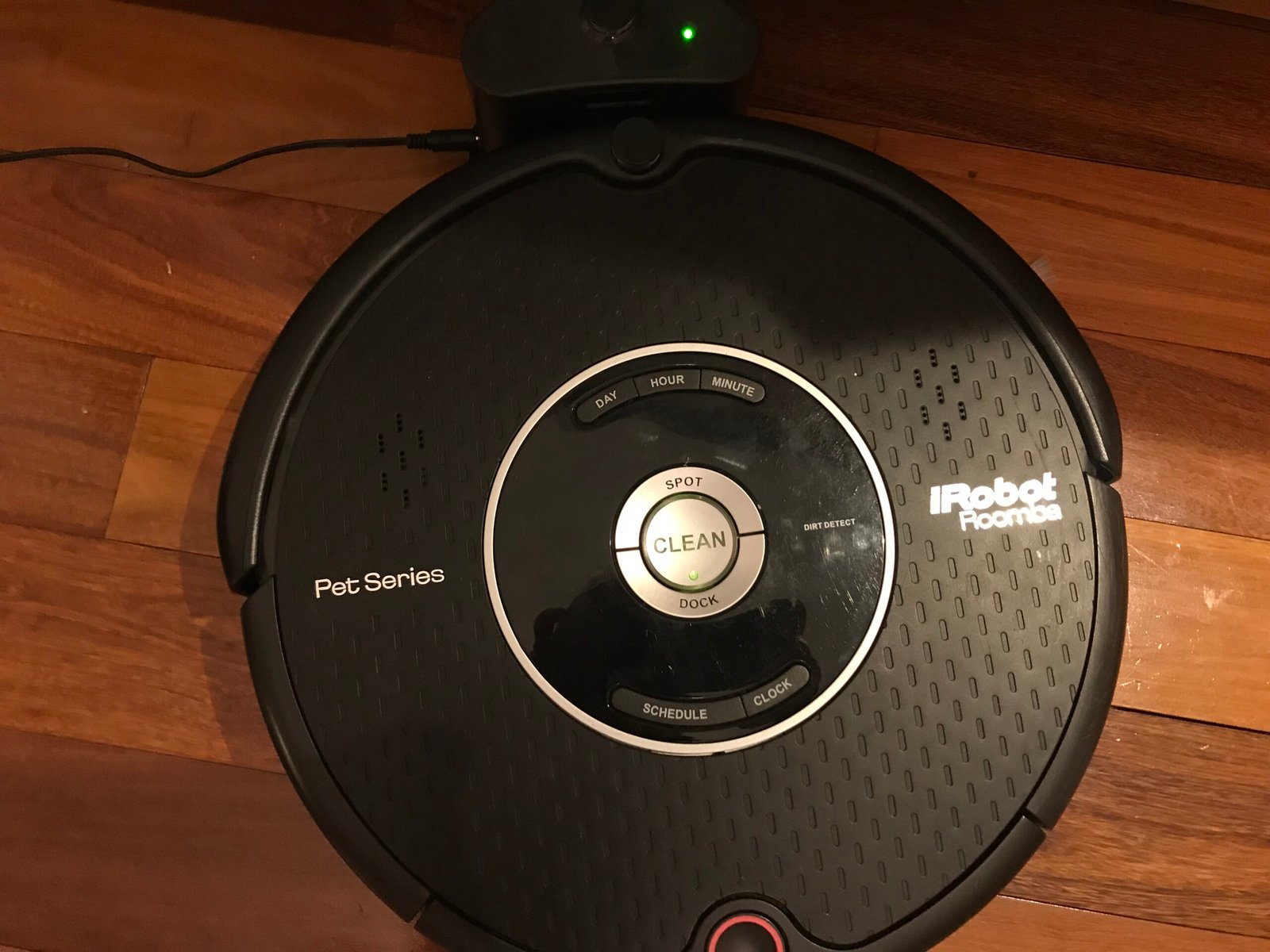
Leading robot vacuum companies have started to listen to frustrated pet owners. Some have launched new models with advanced object detection, promising to identify and avoid pet waste. Others are developing accessories or add-ons specifically for pet households, like higher-efficiency filters and washable components. Marketing campaigns now often highlight a vacuum’s ability to handle “pet messes,” though the fine print rarely mentions dog poop specifically. It’s clear the industry recognizes the challenge, but a truly poop-proof vacuum is still a work in progress.
Artificial Intelligence: The Next Frontier
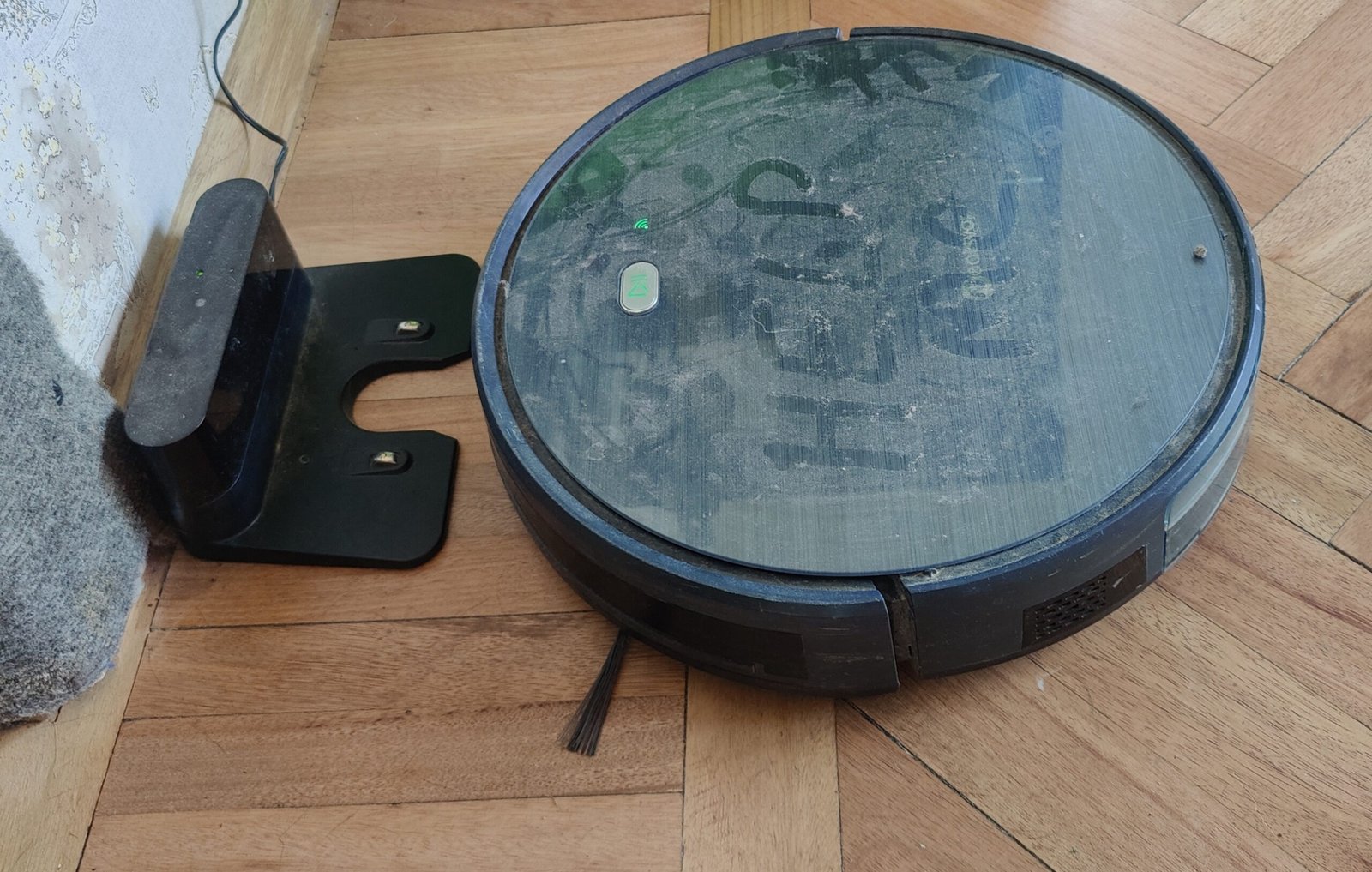
AI is changing the game for robot vacuums. Some state-of-the-art models now use onboard cameras and deep learning algorithms to spot and dodge pet waste. These systems analyze color, shape, and texture to distinguish between harmless debris and hazardous material. While the technology isn’t perfect, it’s evolving quickly. In the near future, we might see vacuums that can even alert owners to a “biohazard” before attempting to clean. Imagine a world where your robot vacuum messages your phone with a warning rather than creating a disaster. That day is coming, but for now, vigilance is still required.
Health Risks: Not Just a Mess
Dog feces isn’t only gross—it’s also a potential health hazard. It can contain bacteria, parasites, and viruses that pose risks to both humans and other pets. When a robot vacuum spreads dog poop across the floor, it increases the likelihood of contamination. Children, in particular, are at risk if they crawl or play on affected surfaces. Proper cleanup and disinfection are essential to prevent illness. It’s a stark reminder that technology, for all its convenience, can sometimes amplify problems if not monitored carefully.
Environmental Impact of Cleaning Products
Cleaning up after a robot vacuum disaster often means reaching for strong chemicals. Disinfectants, sprays, and wipes are effective but can have environmental downsides. Many contain harsh ingredients that persist in the environment and contribute to pollution. Some homeowners are turning to eco-friendly alternatives, like vinegar or biodegradable wipes, to minimize their impact. Choosing greener cleaning products helps protect both your family and the planet, especially when dealing with frequent messes.
Designing for Disaster: What Could Change?
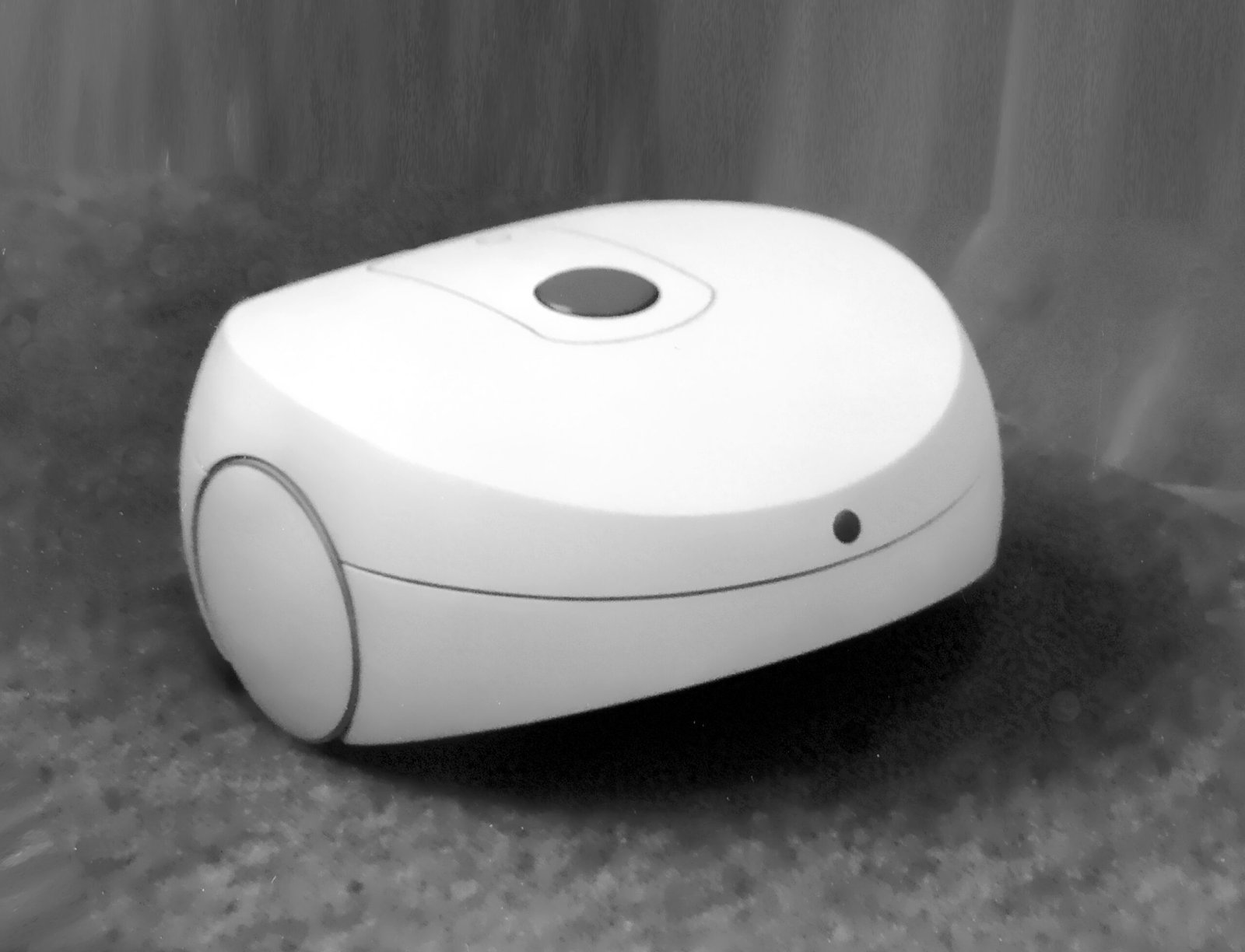
Future robot vacuums could benefit from design changes inspired by real-world challenges. Features like detachable, washable components, enhanced sensors, and even scent detection could make a big difference. Some inventors are exploring UV sterilization built into the vacuum itself, while others look at self-cleaning mechanisms. User feedback is driving innovation as manufacturers realize that homes with pets have unique needs. The next generation of vacuums may be as much about resilience and cleanliness as they are about convenience.
Pet Tech: Beyond Just Cleaning
The world of pet tech is booming, with gadgets ranging from smart feeders to GPS collars. Some companies are developing integrated systems that combine pet monitoring with home cleaning. Imagine a network of sensors that alerts you to accidents before your vacuum ever leaves its dock. Apps could sync with cameras to provide live updates, letting you intervene before disaster strikes. As technology advances, the dream of a truly pet-friendly smart home edges closer to reality.
The Human Element: Trust, Responsibility, and Adaptation
At the heart of every robot vacuum disaster is a very human story. We trust machines to handle our chores, but sometimes that trust is misplaced. The clash between technology and nature reminds us that responsibility still lies with us. Learning to adapt—whether by monitoring our pets more closely or updating our cleaning routines—keeps homes running smoothly. The journey to a hassle-free, automated life is filled with bumps, surprises, and, yes, the occasional mess.
Lessons Learned from the Unstoppable Force vs. the Immovable Mess
The battle between robot vacuum and dog poop is more than a funny mishap—it’s a lesson in humility, innovation, and resilience. It shows us that even the smartest gadgets can be outwitted by nature. Pet owners are resourceful, finding creative ways to prevent disasters and sharing their stories to help others. Robot vacuum mishaps have become a shared experience, sparking both laughter and ingenuity. In the end, it’s about embracing the chaos and learning to work with, rather than against, the unexpected moments life throws our way.
What the Future Holds for Smart Cleaning
The future for robot vacuums looks bright, with rapid advances in AI, sensor technology, and user feedback shaping new designs. Companies are racing to create models that can handle anything, from spilled cereal to the dreaded dog poop. As these innovations become mainstream, homeowners will enjoy greater peace of mind and cleaner floors. Until then, a little vigilance—and a good sense of humor—are still the best defense against the unstoppable force meeting the immovable mess.

